Career Readiness Starting in High School
Empower your students to become creators of the technology all around them. PLTW Computer Science engages students in collaborative projects that help them develop in-demand computer science knowledge as well as transportable skills like creative thinking and communication. And whether they’re creating an online art gallery or using automation to process and analyze DNA-sequence data, PLTW Computer Science students are seeing how their learning connects to the real world.
-
This new one semester course, coming Fall 2026, is designed for students in grades 9–12. Principles of AI immerses students in key elements of AI. Through interdisciplinary learning experiences, students build practical AI literacy skills and lay the foundation to move from consumer to creator. By the end of the course, students will have portfolio-ready dashboards, classifiers, and projects that demonstrate their ability to use AI responsibly and purposefully.
Available for the 2026–27 school year.
-
With emphasis on computational thinking and collaboration, this year-long course provides an excellent entry point for students to begin or continue the PLTW Computer Science PreK-12 experience. Computer Science Essentials will expose students to a diverse set of computational thinking concepts, fundamentals, and tools, allowing them to gain understanding and build confidence.
In Computer Science Essentials, students will start with visual, block-based programming and smoothly transition to text-based languages like Python®. They will apply computational thinking practices, enrich their vocabulary, and engage in collaborative projects, reflecting the methodologies of computing professionals. Ultimately, they'll develop products that tackle topics and challenges significant to them.
Computer Science Essentials helps students create a strong foundation to advance to Computer Science Principles, Computer Science A, and beyond.
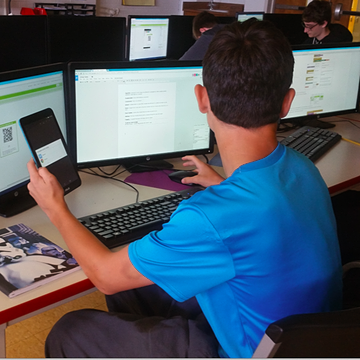
-
Using Python® as a primary tool, students learn the fundamentals of coding, data processing, data security, and task automation, while learning to contribute to an inclusive, safe, and ethical computing culture. The course promotes computational thinking and coding fundamentals and introduces computational tools that foster creativity. Computer Science Principles helps students develop programming expertise and explore the workings of the Internet. Projects and problems include app development, visualization of data, cybersecurity, and simulation. PLTW is recognized by the College Board as an endorsed provider of curriculum and professional development for AP® Computer Science Principles (AP CSP). This endorsement affirms that all components of PLTW CSP’s offerings are aligned to the AP Curriculum Framework standards and the AP CSP assessment.
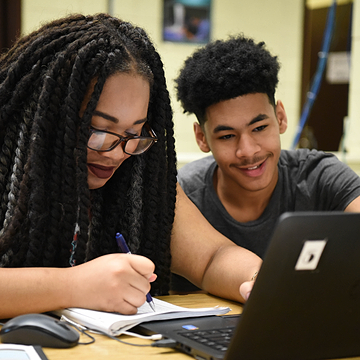
-
Throughout the Computer Science A course experience, students cultivate their understanding of coding through analyzing, writing, and testing code as they explore concepts like modularity, variables, and control structures. Fundamental topics in this course include the design of solutions to problems, the use of data structures to organize large sets of data, the development and implementation of algorithms to process data and discover new information, the analysis of potential solutions, and the ethical and social implications of computing systems. The course emphasizes object-oriented programming and design using the Java programming language. PLTW is recognized by the College Board as an endorsed provider of curriculum and professional development for AP® Computer Science A (AP CSA). This endorsement affirms that all components of PLTW CSA’s offerings are aligned to the AP Curriculum Framework standards and the AP CSA assessment.
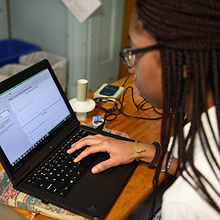
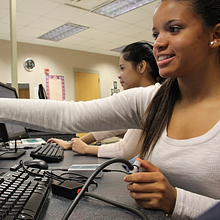
-
Cybersecurity introduces the tools and concepts of cybersecurity and encourages students to create solutions that allow people to share computing resources while protecting privacy. Nationally, computational resources are vulnerable and frequently attacked; in Cybersecurity, students use virtual labs to discover key concepts of the field. These labs progress from an individual computer to more and more complex network environments. This course raises students’ knowledge of and commitment to ethical computing behavior. It also aims to develop students’ skills as consumers, friends, citizens, and employees who can effectively contribute to communities with a dependable cyber-infrastructure that moves and processes information safely.
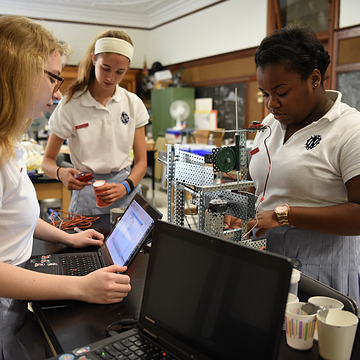
-
Students engage in an open-ended research experience in the PLTW Capstone course, a culminating program for those completing PLTW's high school offerings. They collaborate in teams, designing and developing original solutions to well-defined and justified real-world problems.
Download Standards Connections
Prepare Today's Students for Tomorrow's Careers
Build students’ collaboration, teamwork, and communication skills so they can be ready to step into their future careers. Explore the links below to learn how PLTW alumni apply that knowledge in life and career – and learn about college credit opportunities through the American Council on Education here.
Our Approach to Standards Connection is Focused on Student Outcomes and Flexibility.
Our programs are designed to empower students to thrive in an evolving world.
As a part of this process, we take standards connections into account when developing and updating our curriculum.
We define connections as:
- Students complete a designated task(s) that demonstrates the outlined knowledge and/or skills of the specific standard or objective.
- Our multidisciplinary programs align to a variety of standards and provide districts and schools with the flexibility to tailor programs to meet their specific state or local requirements as needed.
PLTW Computer Science Pricing
The PLTW Participation Fee is invoiced annually and does not increase with added courses or program expansion. Pricing subject to change.
Annual Participation Fee
PLTW schools participate on an annual basis, with year-long, uninterrupted access to hands-on, relevant curriculum for teachers and students.
$2,200
(*High School programs can be combined and max at $5,400.)
Professional Development
PLTW Core Training immerses teachers in a hands-on, collaborative learning environment, challenges them to look at their classrooms in a new way, and empowers them to bring learning to life with PLTW.
$2,400
Unlocking Real-World Skills for All Students
With PLTW Computer Science you can:
- Prepare students with career readiness skills for the roles they want and the reality they will face in college and beyond.
- Inspire deeper learning with real-world experiences using the same tools and software used by professionals in computer science roles.
- Equip students to succeed by practicing skills like collaboration, teamwork, and communication in the classroom.
Read PLTW High School Evidence Paper
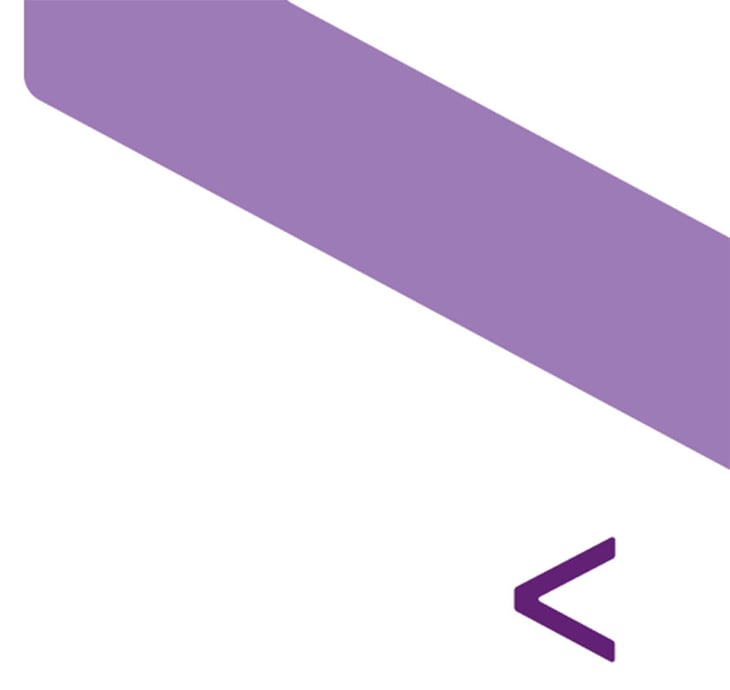
Start Transforming Your Classrooms
-
Explore Our Curriculum
See how our pathways in computer science, engineering, and biomedical science make for a comprehensive PreK-12 learning experience.
-
Plan for PLTW
Plan for a lasting, strong program with support from PLTW throughout your implementation and beyond.
-
Discover the Difference
See how thousands of PLTW students and alumni across the country are unlocking their potential and thriving in college, career, and beyond.







